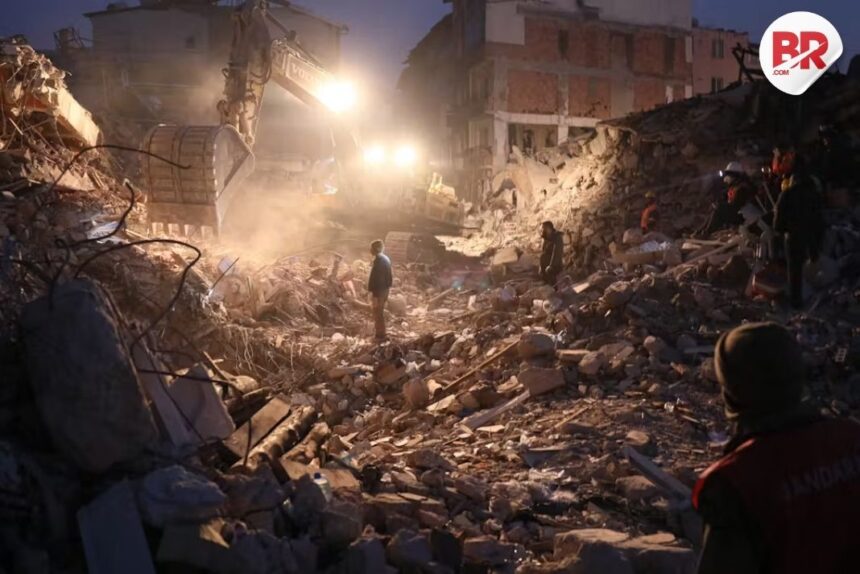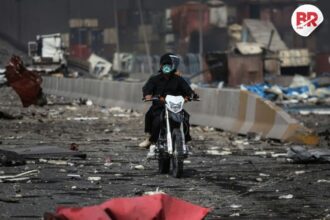
Himalayan Megaquake Risk: India’s Ticking Time Bomb
A Himalayan megaquake risk is looming over millions in northern India. Scientists warn that a powerful earthquake, over magnitude 8, is not a question of if—but when.
Japan’s Scary Warning Should Wake Us Up
Recently, Japan issued a chilling alert. There’s an 80% chance of a magnitude-9 earthquake off its Pacific coast, near the Nankai Trough. The warning follows a 7.1 quake that hit the same region in 2023.

If the worst-case scenario plays out, Japan could face 300,000 deaths, economic losses of $1.81 trillion, and over 1.2 million evacuees.
This isn’t just Japan’s problem. It’s a wake-up call for India too—especially with similar seismic stress building in the Himalayas.
What Japan’s Seismic Study Reveals
Japan’s advanced earthquake monitoring is based on decades of rigorous seismic research and real-time data collection. The Japanese Meteorological Agency (JMA) constantly studies crustal movements, using a dense network of sensors across the country.
Their recent seismic simulation highlights how a future Nankai Trough megaquake could impact multiple prefectures simultaneously—causing fires, tsunamis, and infrastructure collapse.
These predictive models allow Japan to issue alerts, build quake-resistant buildings, and conduct regular evacuation drills. Their studies aren’t just academic—they’re life-saving.
India can learn from this scientific preparedness and apply it to its own high-risk zones.
A Sleeping Giant in the Himalayas
India sits on a major seismic fault line. The Indian plate is slowly sliding under the Tibetan plate, building up enormous pressure. When this pressure releases, it could cause a Himalayan megaquake.
Experts are deeply concerned. Cities like Delhi, Dehradun, and Chandigarh are directly in the danger zone.
Geophysicist Roger Bilham has warned that “two or more Himalayan regions must rupture soon.” Seismologist Supriyo Mitra also says several fault lines are “ready” to break.
The Human Cost Could Be Devastating
Over 50 million people live in the Himalayan and Ganges plains. A major earthquake here would be catastrophic.
History offers grim lessons. In 2001, the Bhuj earthquake killed 30,000 people—15 times more than a similar quake in 1819. Why? Because of population growth and lack of preparation.
If the 1905 Kangra earthquake repeats today, it could kill over 200,000.
And the Kumaon-Garhwal region? It hasn’t seen a big quake in over 500 years. It’s overdue.
Also Read: 1.2 Million Evacuations, 300K Dead: Japan’s Quake Doomsday Plan
Timing Is Unpredictable, But Preparation Isn’t
No one can predict exactly when a Himalayan megaquake will strike. It could be in a few years—or even decades. But waiting until disaster hits is not an option.
India must act now. Earthquake-resistant buildings, early warning systems, emergency drills, and public education are urgently needed.
The challenge? Investing in preparedness even when the threat seems far away.
India Must Learn from Japan
Japan’s seismic studies and response systems show how serious planning can save lives. From school drills to building codes, their proactive approach is a global example.
India needs to build a similar earthquake-resilient ecosystem—especially with the Himalayan megaquake risk hanging over its most densely populated regions.
Also Read: Soyuz MS-27 Launches to ISS: U.S. and Russia Team Up in Space












